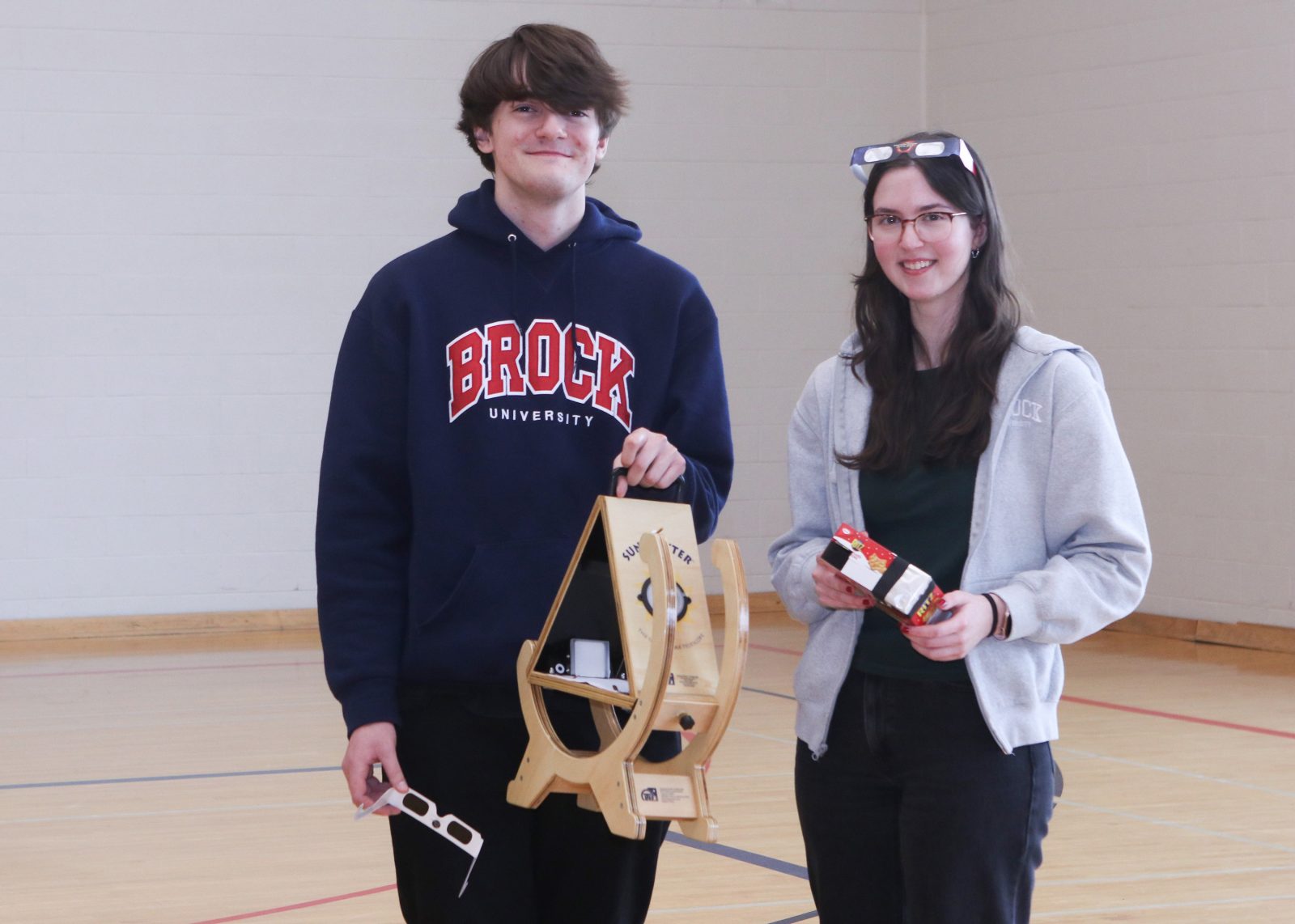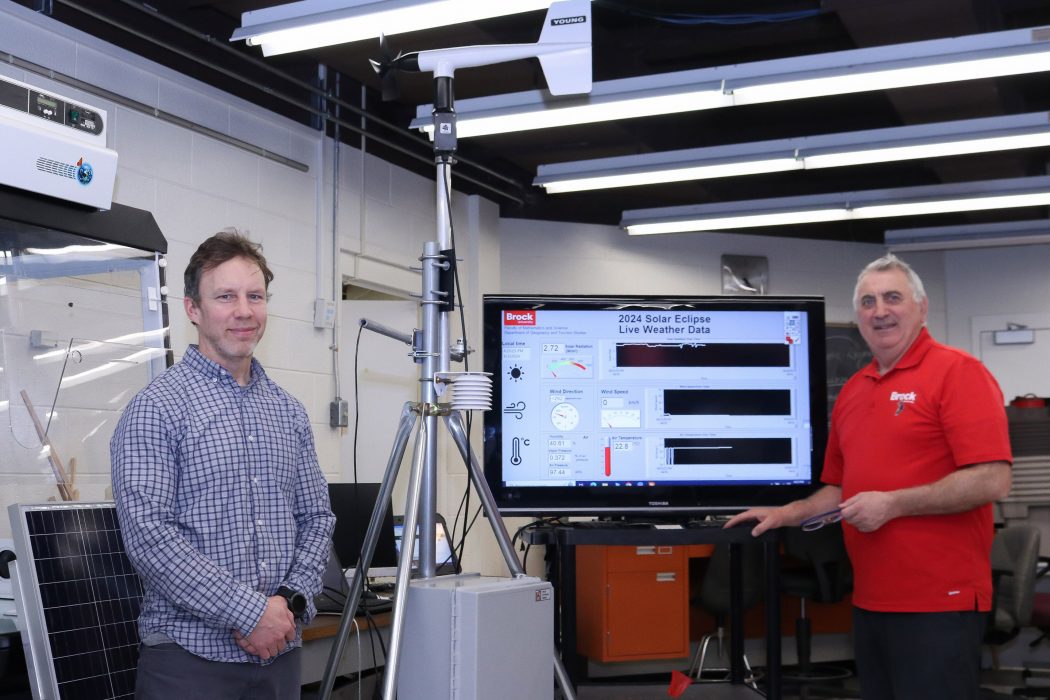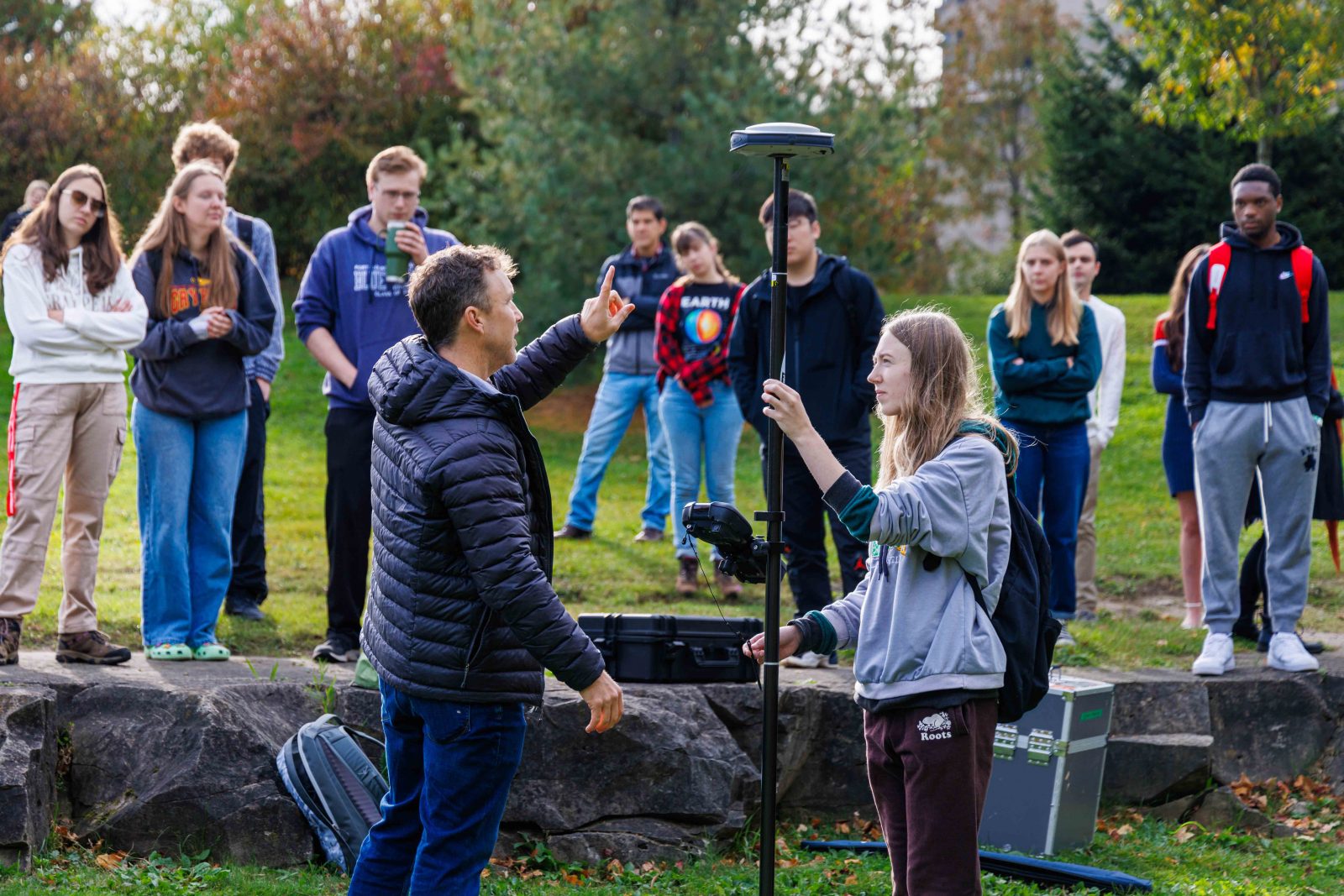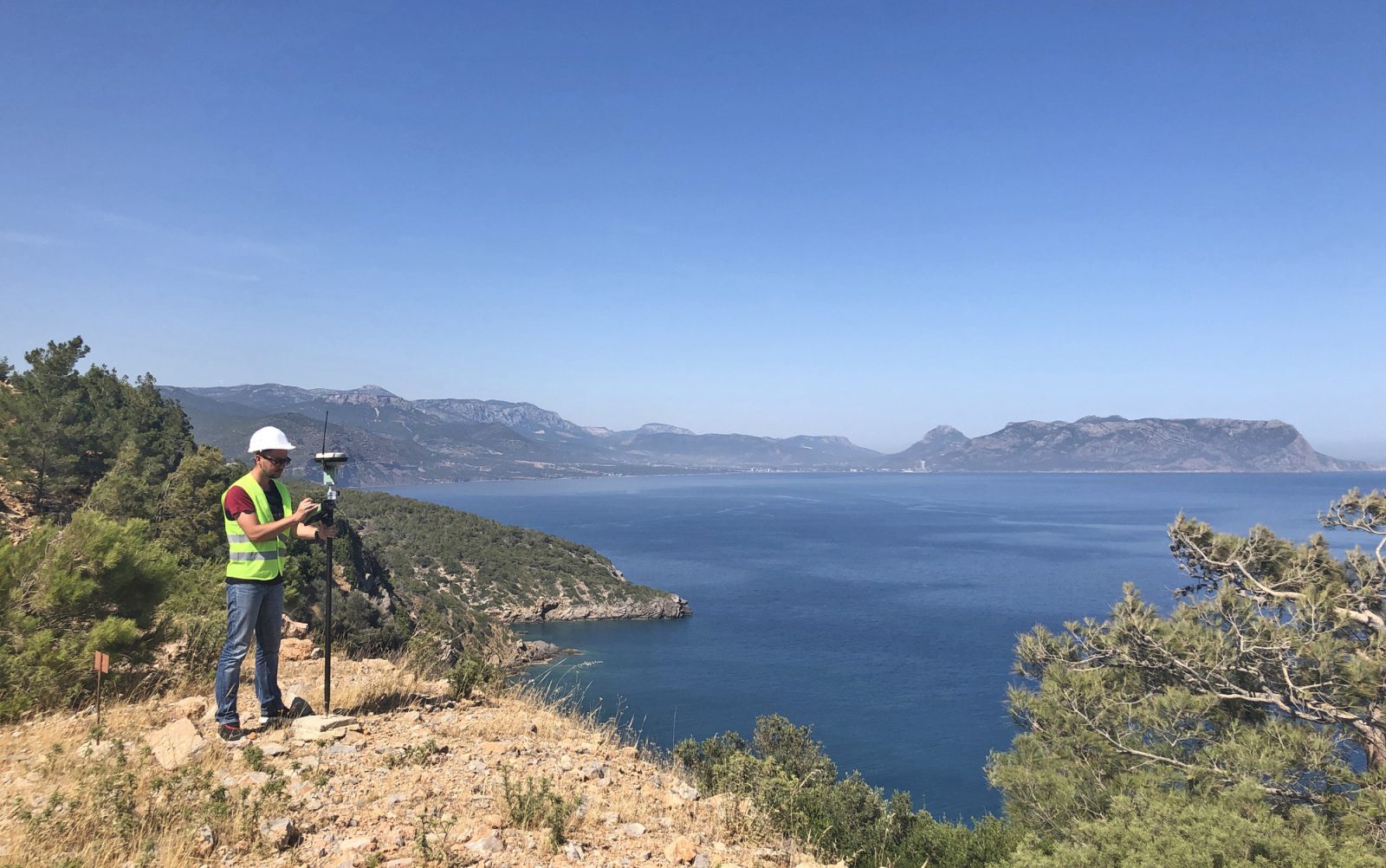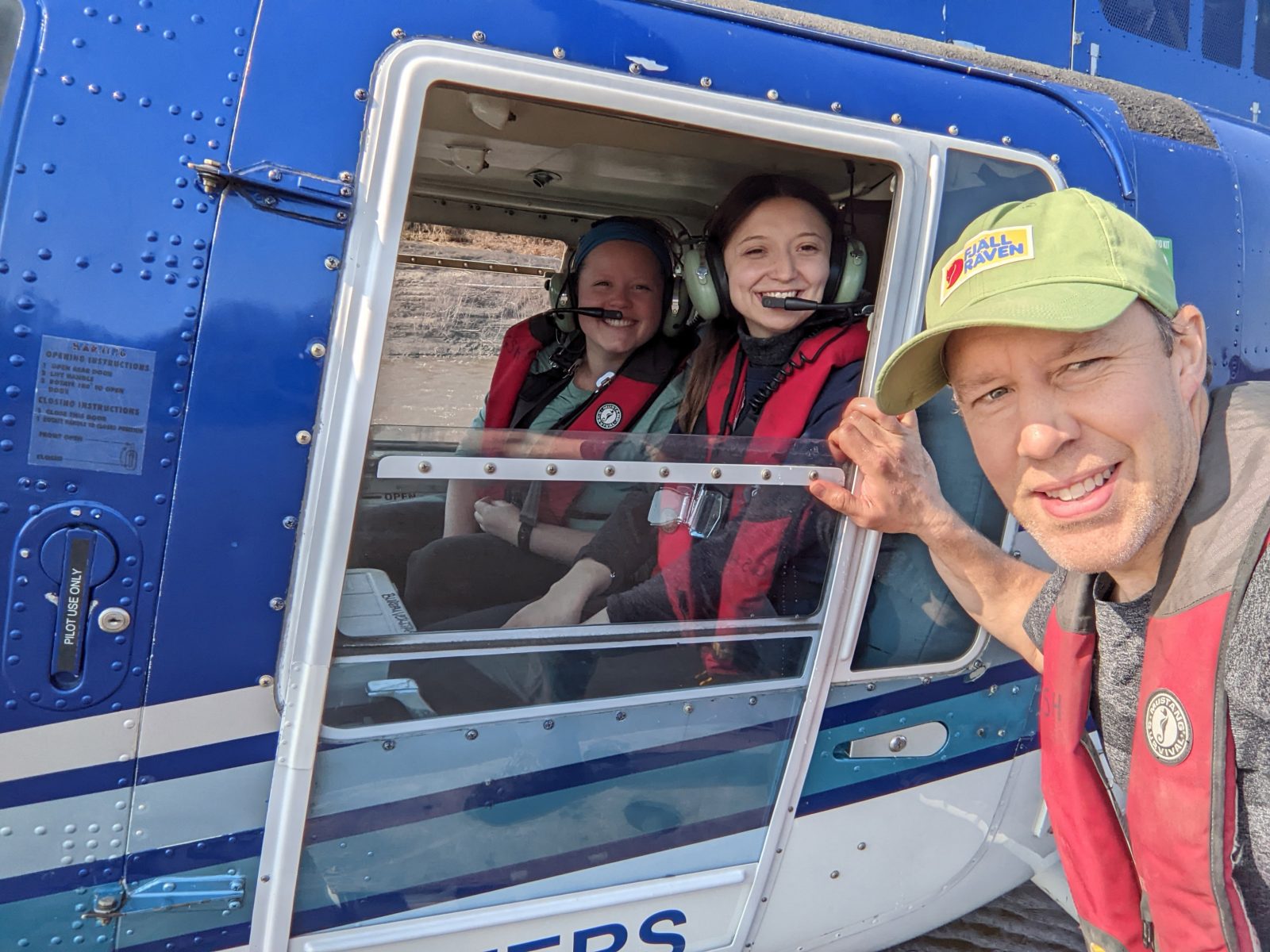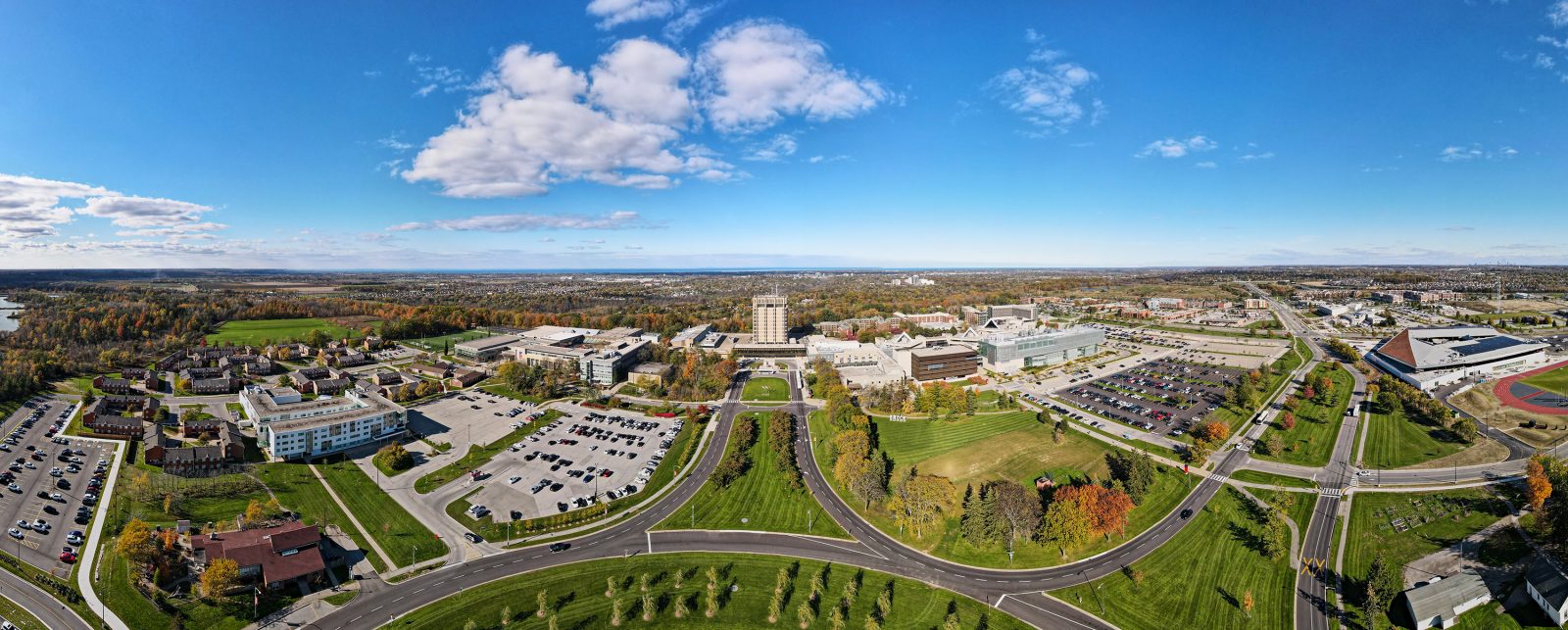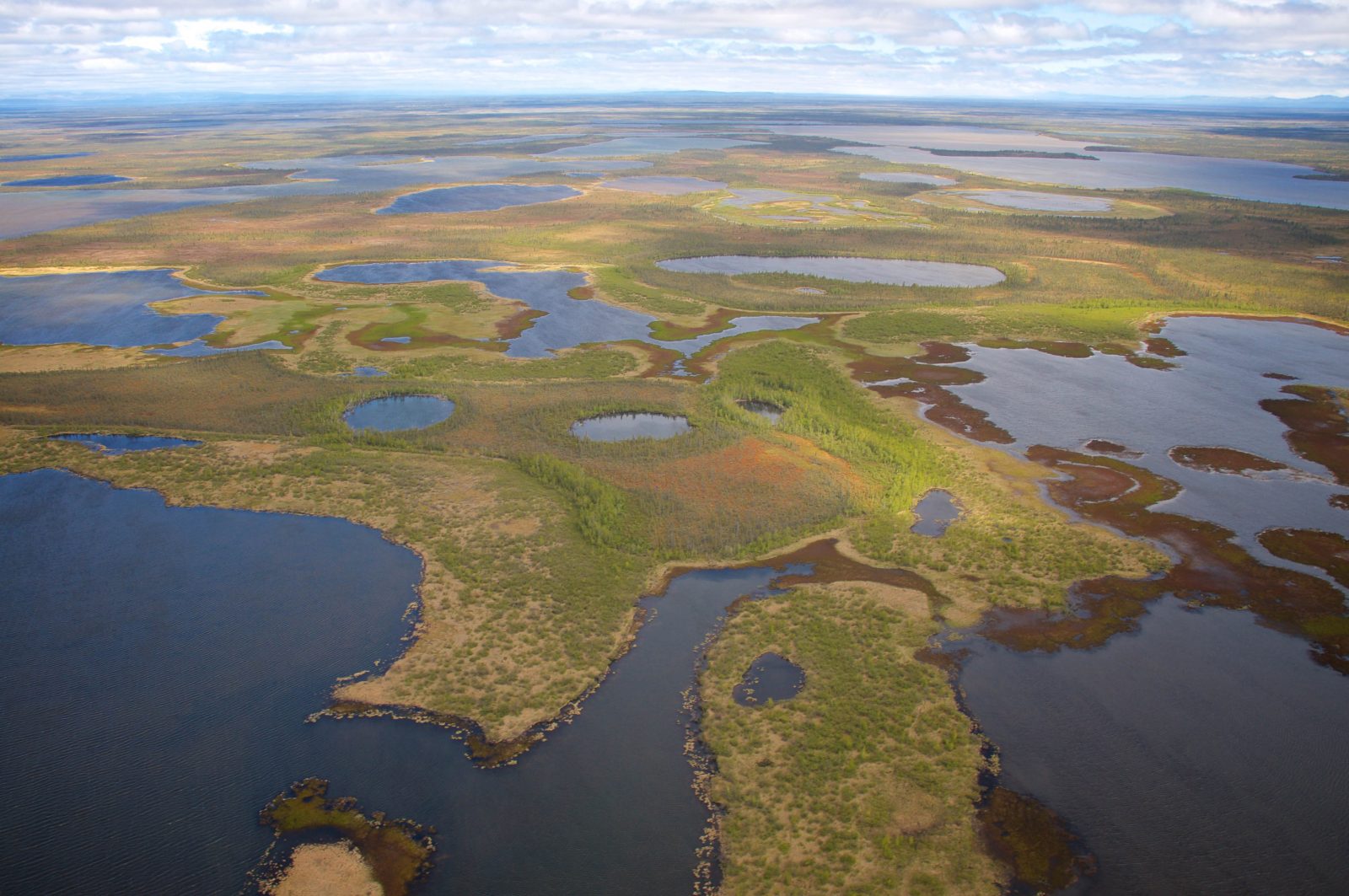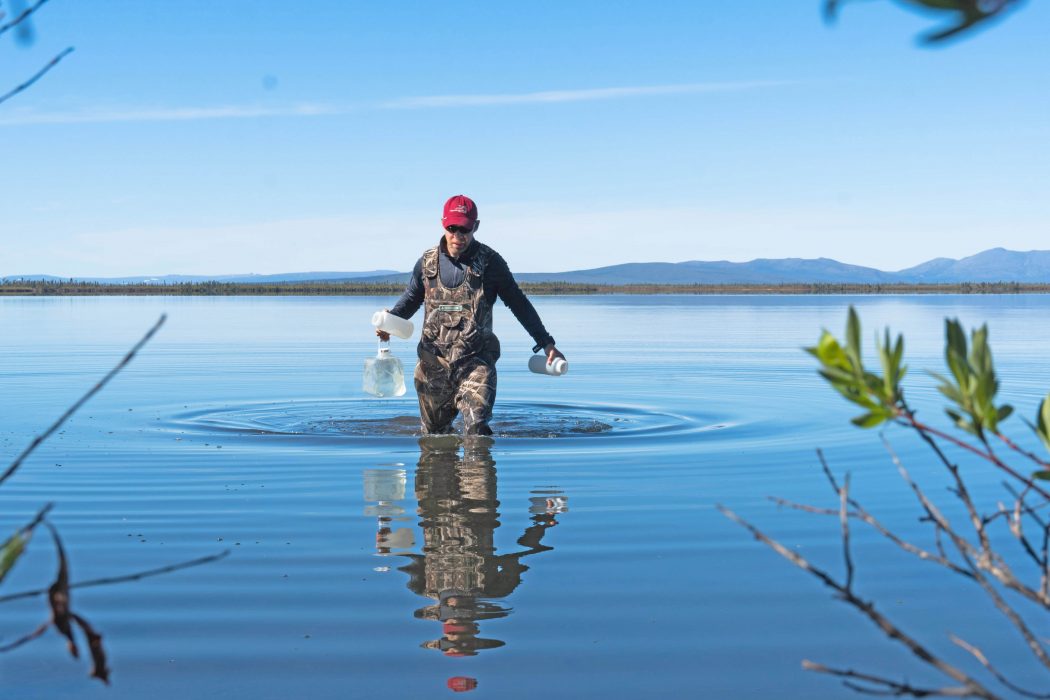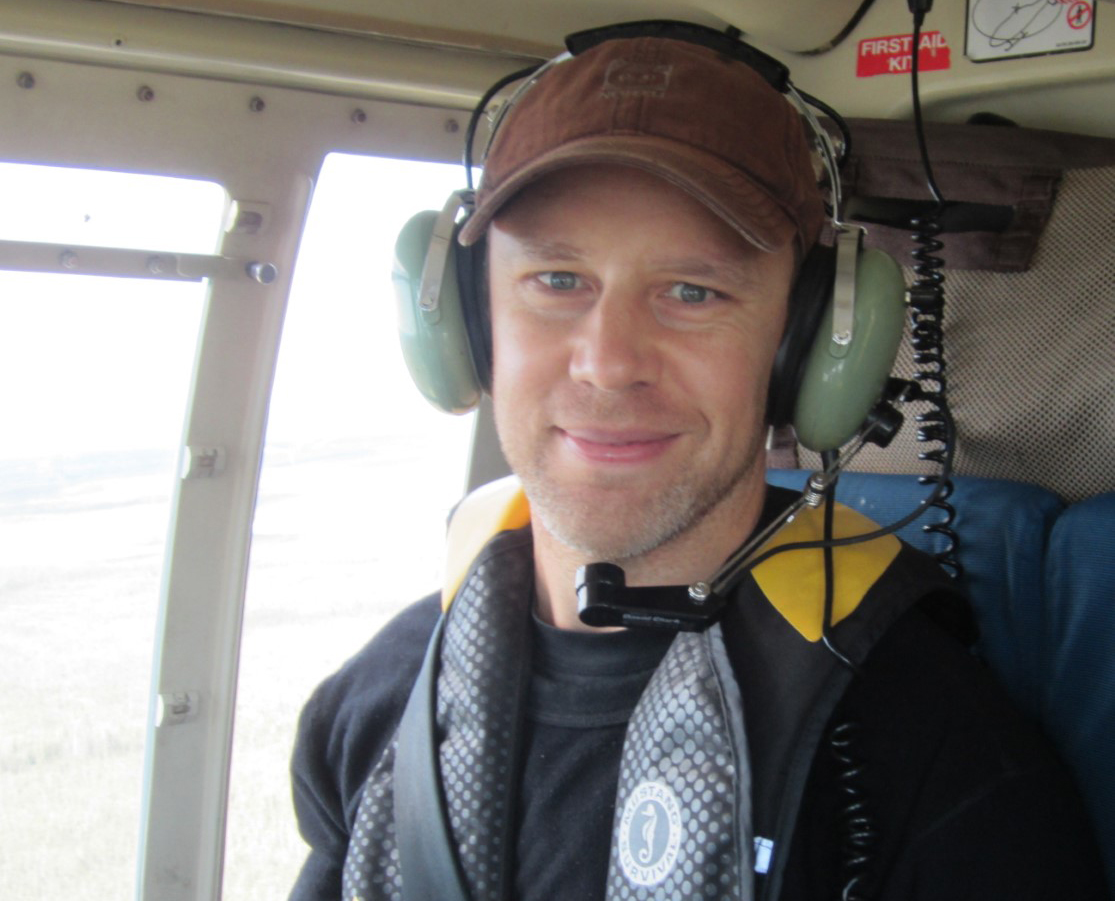Brock University Associate Professor Kevin Turner and Microcomputer Support Analyst/Technician Dimitre Iankoulov from the Department of Geography and Tourism Studies collected temperature, humidity, wind speed and shortwave radiation data using a scientific weather station during the April 8 eclipse. Turner compared the data with other local stations and confirmed that the temperature dropped by about three degrees Celsius and the wind speed climbed several kilometres per hour as the eclipse went into totality. Turner says that although the numbers do not seem dramatic, the fast pace at which it happens is captivating and triggers our human response. “The experience and observations are reminders of stellar processes and interactions that are much bigger than us or anything we can control,” he says.
Data shows eclipse’s weather impact
Climate, community, Dimitre Iankoulov, event, geography, GIS, Kevin Turner, research, Samantha Morris, Solar eclipse
Categories: News

